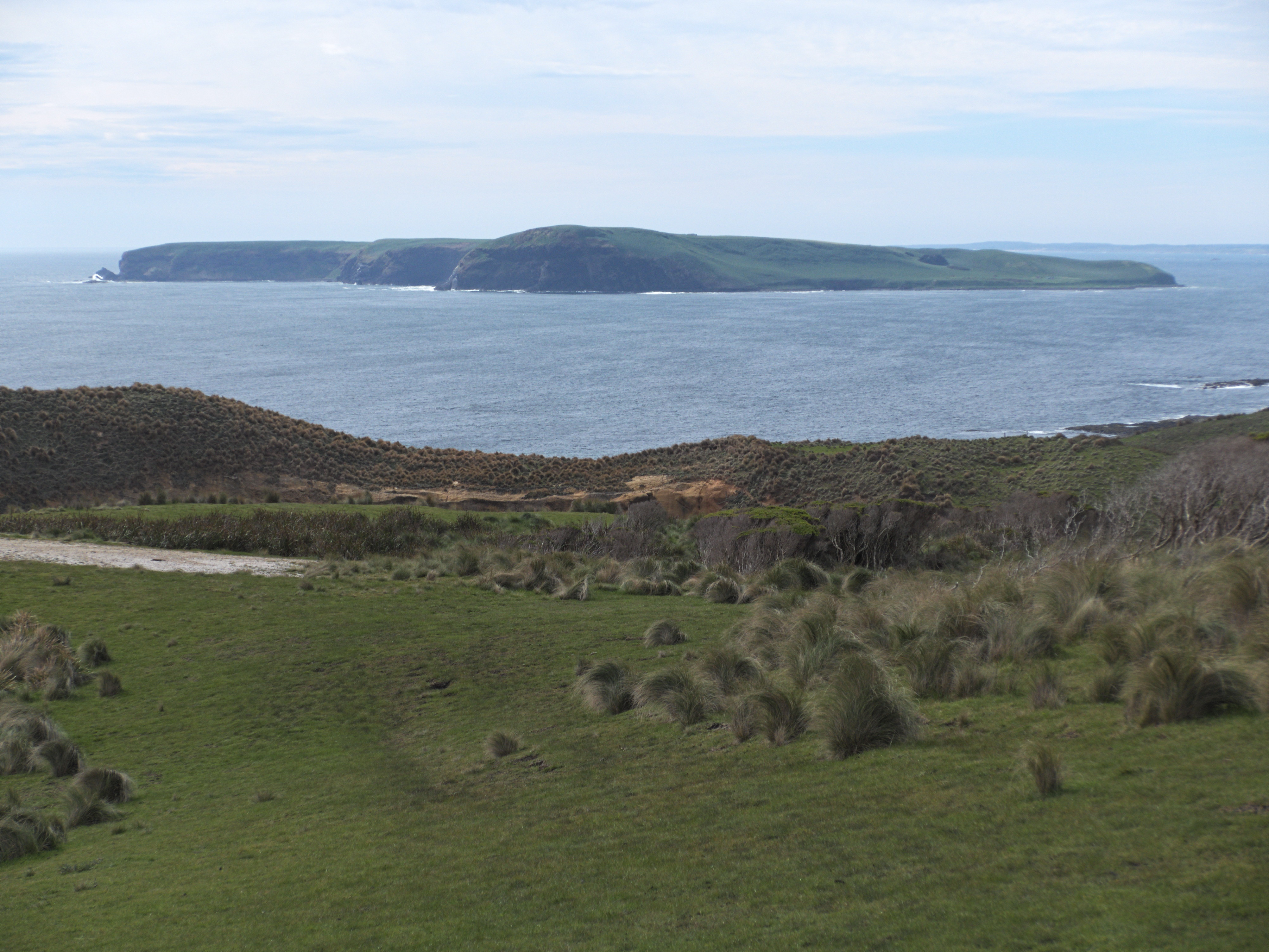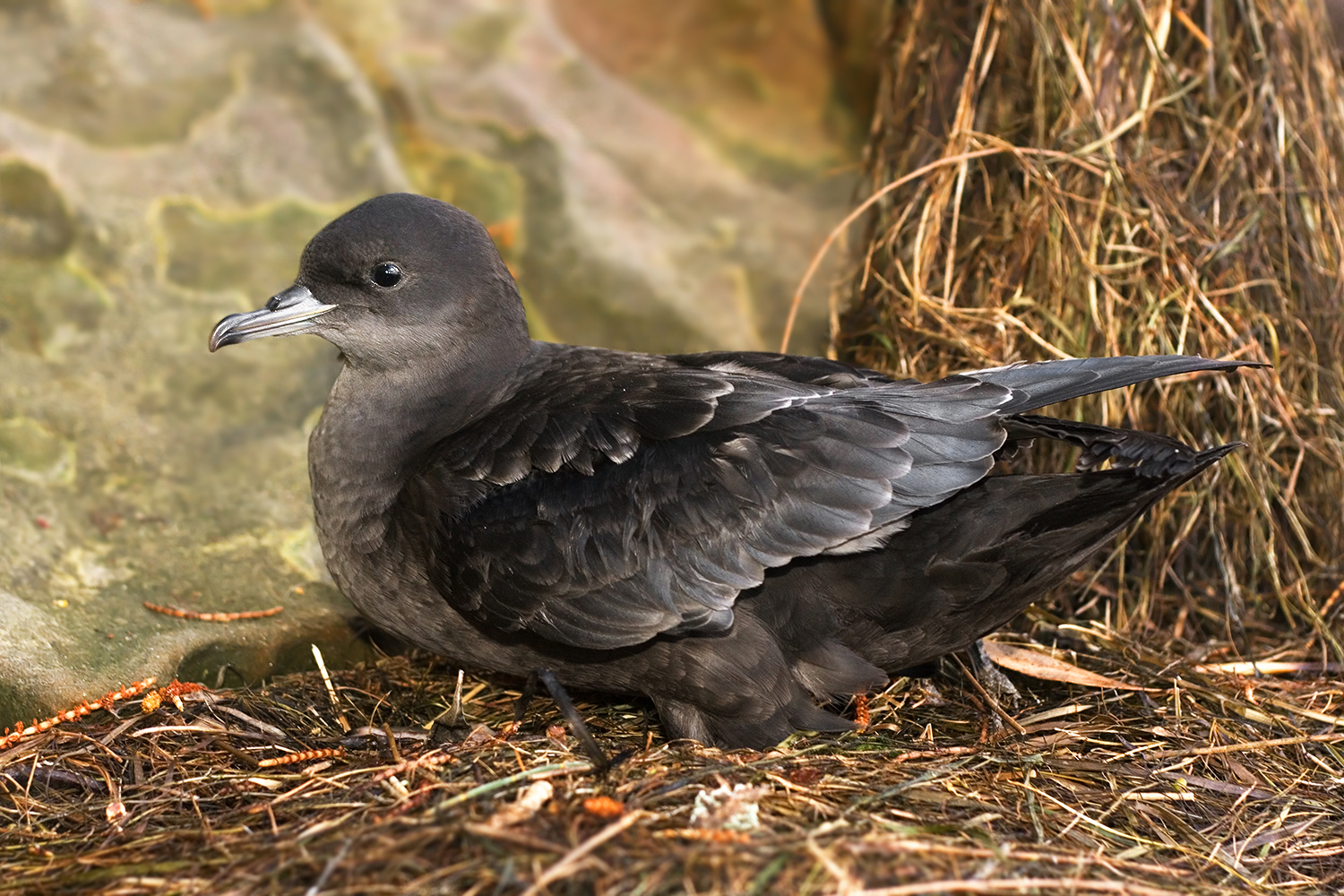Trefoil Island on:
[Wikipedia]
[Google]
[Amazon]

 Trefoil Island (in
Trefoil Island (in

 Trefoil Island (in
Trefoil Island (in palawa kani
Palawa kani is a constructed language created by the Tasmanian Aboriginal Centre as a composite Tasmanian languages, Tasmanian language, based on reconstructed vocabulary from the limited accounts of the various languages once spoken by the eas ...
: Titima), officially known as titima / Trefoil Island, is an island with an area of 115.79 ha, in south-eastern Australia
Australia, officially the Commonwealth of Australia, is a Sovereign state, sovereign country comprising the mainland of the Australia (continent), Australian continent, the island of Tasmania, and numerous List of islands of Australia, sma ...
. It is part of Tasmania
)
, nickname =
, image_map = Tasmania in Australia.svg
, map_caption = Location of Tasmania in AustraliaCoordinates:
, subdivision_type = Country
, subdi ...
’s Trefoil Island Group, lying close to Cape Grim
Cape Grim, officially Kennaook / Cape Grim, is the northwestern point of Tasmania, Australia. The Peerapper name for the cape is recorded as ''Kennaook''.
It is the location of the Cape Grim Baseline Air Pollution Station and of the Cape Grim ...
, Tasmania's most north-westerly point, in Bass Strait
Bass Strait () is a strait separating the island state of Tasmania from the Australian mainland (more specifically the coast of Victoria, with the exception of the land border across Boundary Islet). The strait provides the most direct waterwa ...
. It is owned by the Trefoil Island Aboriginal Cooperative and is home to an estimated 1.5 million breeding pairs of short-tailed shearwater
The short-tailed shearwater or slender-billed shearwater (''Ardenna tenuirostris''; formerly ''Puffinus tenuirostris''), also called yolla or moonbird, and commonly known as the muttonbird in Australia, is the most abundant seabird species in A ...
s, which are subject to annual muttonbirding
Muttonbirding is the seasonal harvesting of the chicks of petrels, especially shearwater species, for food, oil and feathers by recreational or commercial hunters. Such hunting of petrels and other seabirds has occurred in various locations since p ...
activities. Approval is required to visit.
There is an airstrip, otherwise small boats can be used on calm days at Kelp Beach. The shoreline is covered with pebbly rocks.
Trefoil Island Group
Trefoil Island Group consists of: * Trefoil Island *Harbour Islets
The Harbour Islets are a group of two adjacent small rocky islands, joined at low tide, part of Tasmania’s Trefoil Island Group, lying close to Cape Grim, Tasmania's most north-westerly point, in Bass Strait, with a combined area of 3.13 hec ...
* Henderson Islets
The Henderson Islets are a group of two adjacent small rocky islands, with a combined area of 0.41 ha, in south-eastern Australia. They are part of Tasmania’s Trefoil Island Group, lying close to Cape Grim, Tasmania's most north-westerly poin ...
* Little Trefoil Island
Little Trefoil Island is a small island with an area of 0.64 ha, in south-eastern Australia. It is part of Tasmania’s Trefoil Island Group, lying close to Cape Grim, Tasmania's most north-westerly point, in Bass Strait.
Fauna
The island form ...
* Murkay Islets
The Murkay Islets are a group of several small rocky islands, some of which are joined at low tide, with a combined area of about 0.5 ha, part of Tasmania’s Trefoil Island Group, lying close to Cape Grim, Tasmania's most north-westerly point, ...
* Seacrow Islet
Seacrow Islet is a small island with an area of , in south-eastern Australia. It is part of Tasmania’s Trefoil Island Group, lying close to Cape Grim, Tasmania's most north-westerly point, in Bass Strait.
Fauna
Breeding seabird and shoreb ...
, aka Seacrow Island
* Shell Islets
* The Doughboys
Fauna and flora
The island forms part of theHunter Island Group Important Bird Area
The Hunter Island Group Important Bird Area comprises several islands in the Hunter Island Group and Trefoil Island Group lying off the north-western coast of Tasmania, Australia
Australia, officially the Commonwealth of Australia, i ...
. Apart from the short-tailed shearwaters, breeding seabird
Seabirds (also known as marine birds) are birds that are adapted to life within the marine environment. While seabirds vary greatly in lifestyle, behaviour and physiology, they often exhibit striking convergent evolution, as the same enviro ...
and shorebird
245px, A flock of Dunlins and Red knots">Red_knot.html" ;"title="Dunlins and Red knot">Dunlins and Red knots
Waders or shorebirds are birds of the order Charadriiformes commonly found wikt:wade#Etymology 1, wading along shorelines and mudflat ...
species include little penguin
The little penguin (''Eudyptula minor'') is a species of penguin from New Zealand. They are commonly known as little blue penguins or blue penguins owing to their slate-blue plumage and are also known by their Māori name .
The Australian lit ...
, Pacific gull
The Pacific gull (''Larus pacificus'') is a very large gull, native to the coasts of Australia. It is moderately common between Carnarvon in the west, and Sydney in the east, although it has become scarce in some parts of the south-east, as a re ...
, silver gull
The silver gull (''Chroicocephalus novaehollandiae'') is the most common gull of Australia. It has been found throughout the continent, but particularly at or near coastal areas. It is smaller than the Pacific gull (''Larus pacificus''), which ...
, sooty oystercatcher
The sooty oystercatcher (''Haematopus fuliginosus'') is a species of oystercatcher. It is a wading bird endemic to Australia and commonly found on its coastline. It prefers rocky coastlines, but will occasionally live in estuaries. All of its fea ...
and pied oystercatcher
The pied oystercatcher (''Haematopus longirostris'') is a species of oystercatcher. It is a wading bird native to Australia and commonly found on its coastline. The similar South Island pied oystercatcher (''H. finschi'') occurs in New Zealand. ...
. The Cape Barren goose
The Cape Barren goose (''Cereopsis novaehollandiae'') is a large goose resident in southern Australia.
Etymology
The species' common name is derived from Cape Barren Island, where specimens were first sighted by European explorers. It is know ...
also breeds on the island. Reptiles include metallic skink
:''"Metallic skink" may also refer to the garden skink (Lampropholis delicata)''.
''Carinascincus metallicus'', the metallic cool-skink or metallic skink is a species of skink in the family Scincidae. It is endemic to Australia, found in south ...
and the introduced tiger snake.Brothers, Nigel; Pemberton, David; Pryor, Helen; & Halley, Vanessa. (2001). ''Tasmania’s Offshore Islands: seabirds and other natural features''. Tasmanian Museum and Art Gallery: Hobart.
The main vegetation is silver tussock ''Poa poiformis
''Poa poiformis'', commonly known as coast tussock-grass or blue tussock-grass, is a densely tufted, erect, perennial tussock grass, with distinctive blue-green leaves, that grows to about 1 m in height. Its inflorescences are arranged in a ...
'' with a few small patches of bracken fern ''Pteridium esculentum
''Pteridium esculentum'', commonly known as bracken fern, Austral bracken or simply bracken, is a species of the bracken genus native to a number of countries in the Southern Hemisphere. Esculentum means edible. First described as ''Pteris escul ...
''. The only trees on Trefoil are six specimens of '' Cupressus macrocarpa''.
The Kay Family Calamity
In 1895, the Kay family, who ran sheep on the island, visited the island. Albert Boyes Kay, his pregnant wife and two children attempted to return to themainland
Mainland is defined as "relating to or forming the main part of a country or continent, not including the islands around it egardless of status under territorial jurisdiction by an entity" The term is often politically, economically and/or dem ...
but were thrown from the boat and drowned.
The surviving six children watched from Trefoil island. Belinda Maud, Lydia May, Albert Boys, Jane Georgina, Wintena Alberta and Robert were now entirely alone on the inhospitable island. The eldest, Belinda, was just thirteen years old.
The six siblings survived on Trefoil island for six weeks by killing livestock and keeping a rescue fire burning. They were saved by James Parker of the May Queen.
References
Important Bird Areas of Tasmania Islands of Bass Strait Localities of Circular Head Council {{CircularHead-geo-stub